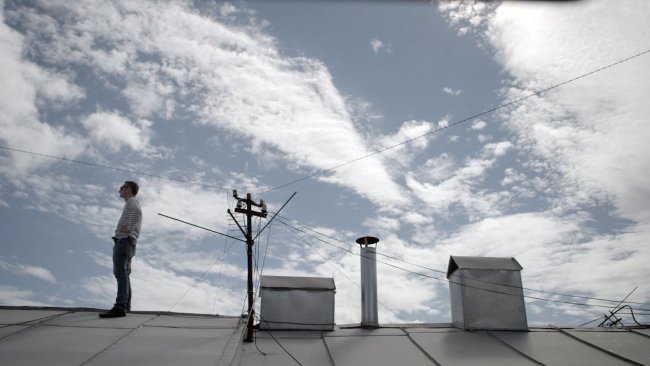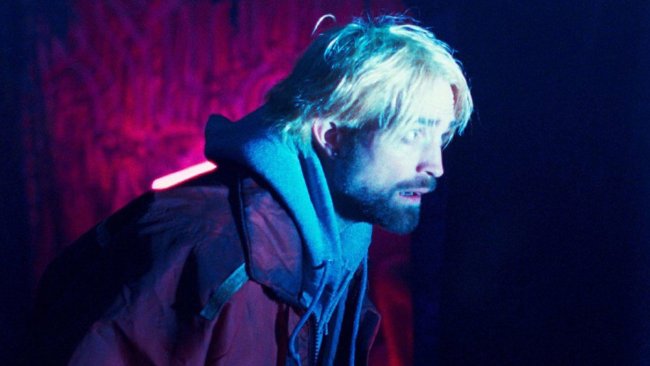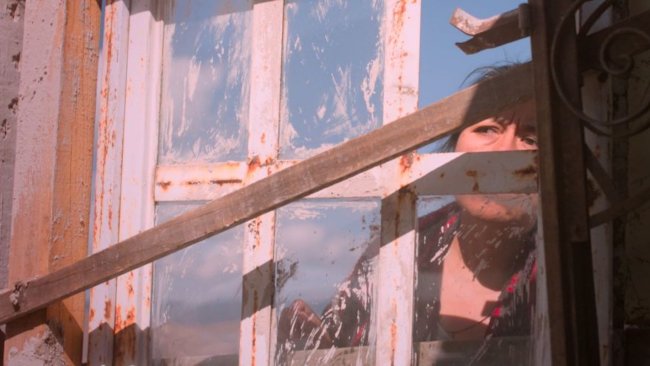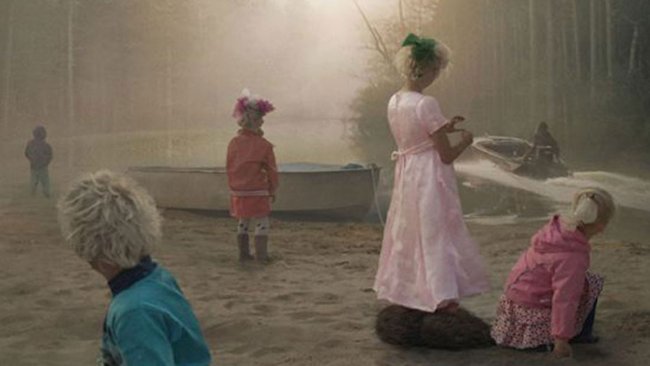Cahier africain
[…] Moreover, the film grows in its emotive force as we pass from a quieter moment, telling of the past atrocities, to a more adrenaline-infused moment where a new wave of attacks comes and the women have to hurry and flee.
[…] Yet, I am convinced that the more we are emotively loaded with indignation and feel the need to do something about these unbearable situations, the more we should be provided with a clear picture of that I call the “African system of destabilization”; a picture that should shed light on the responsibilities that touch us directly. Now, «Cahier africain» gives us too few elements to form a more complex picture of the situation.
Text: Giuseppe Di Salvatore
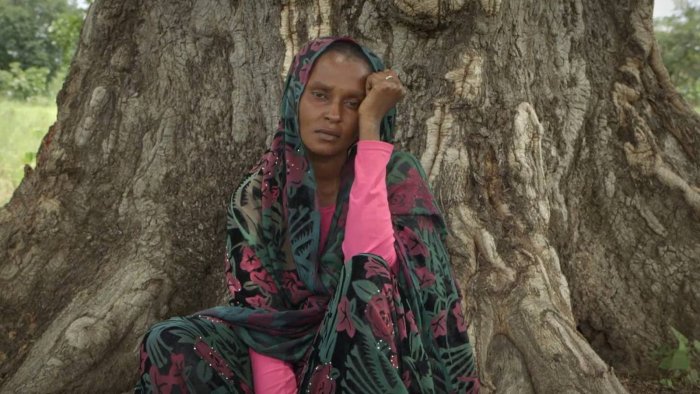
The Central African Republic is currently one of the best examples of the chaotic anarchy that corruption can create. When the hunger and despair of young men meet the trade of weapons, it gives birth to gangs of so called “rebels”. They kill and satisfy their basic needs: food, sex, money. Thus, this violence becomes the starting point for a spiral of brutality between ethnic and religious groups. Of course in this spiral, the ethnicity or religion is just an excuse to attack and to be attacked. Foreign countries, more specifically the Western former colonial countries – France in this case, but also UNO troops – limit themselves to the role of observers and peace-keepers without intervening in the conflict. The freedom and sovereignty of an African state is sacred… and useful to keep the bond of corruption intact that ties the local politicians with Western companies, which can then continue to exploit the natural resources in the region thanks to the protection of the international forces on the ground. In the Western media we hear of “weak governments”, “destabilized countries”, and (if the death toll reaches embarrassing levels) of “massacres perpetrated by fanatic rebels” or (if the media are the expression of conservative interests) “by terrorists”. NGOs and humanitarian organizations speak of a “humanitarian crisis”, and the ongoing debate about “our” refugees in Europe continues.
Actually, Cahier africain says very little about the typical “African system of destabilization” that I have briefly sketched here, because it concentrates exclusively on one of the macroscopic consequences of this “destabilization”: the fact that an incredible number of people flee and start a nomadic life. The film immerses us in the daily life of displaced individuals, witnessing from within the world of suffering, becoming a precious documentation of the reality of the conflict. Heidi Specogna embraces the perspective of women, who are the main victims of the violence, and films their mourning, their resistance, their strategies of survival. She is able to preserve their dignity and even to show their beauty without having to avoid also showing the crude reality of violence and suffering that surrounds them. Moreover, the film grows in its emotive force as we pass from a quieter moment, telling of the past atrocities, to a more adrenaline-infused moment where a new wave of attacks comes and the women have to hurry and flee.
It is very important to give the victims a voice and to show the reality of conflicts that can hopefully shock an all-too-indifferent Western audience. Yet, I am convinced that the more we are emotively loaded with indignation and feel the need to do something about these unbearable situations, the more we should be provided with a clear picture of that I call the “African system of destabilization”; a picture that should shed light on the responsibilities that touch us directly. Now, Cahier africain gives us too few elements to form a more complex picture of the situation. We can see how a woman committed to collecting information on previous outbreaks of violence, in order to achieve some justice or acknowledgement for the victims, suddenly stops her denouncing activity as the government calls her to become the minister of tourism. And, we see how the politicians who elect the new president are clearly disconnected from the reality in their country. But these little hints about the main topic of corruption remain in the background as a secondary aspect. The film doesn’t dare to touch on the question of how political and economic elites are formed and and how they function. We have almost no information about the economic or strategic issues of Central African Republic, and, even if we limit ourselves only to the situation regarding women and their families, why is the fundamental question of education never approached? Why are the social values that rule the relationships between families and within the village never interrogated? Without any introduction, we see how a militia formally builds itself up, but we receive no information about the logic behind its gatherings, what motivates the people who enlist, or the discourse of the organizers. The only focus is on the brutality of men, a focus that goes so far as to show close-ups of the corpses of recently killed people – a very doubtful camera choice, indeed! Even the presence of the camera and the filmmaker is never questioned: were the people happy to speak to us? Were there people who disliked our gazing upon them? What did it mean, in such a dramatic situation, the presence of a film team? And, finally, the delicate question of justice seems one-sided, through the presence of an anonymous collector of the victims’ testimonies. He will submit this video material as evidence at the international trials at The Hague tribunal, which shows interest exclusively in the heads of the group of rebels. Isn’t that too cheap a perspective on the real responsibilities and justice?
Even if I recognize the importance of the work of Cahier africain as evidence, that gives victims a form of acknowledgement or simply existence, the absence of contextualization leaves the audience, who is not already familiar with the complex “African system of destabilization”, without the necessary elements to help them understand and form a complex picture of the situation. It would not astonish me that the consequence, in an emotively loaded audience, would be just the demonization of black men, or a bitter assessment of the sheer brutality of human beings, which cannot help but fuel frustration and cynicism. I would suggest watching Cahier africain only together with more complex films like Daniel Schweizer’s wonderful Trading Paradise. In so doing, we could see how the African suffering is effectively bound to our lives in Switzerland through the companies that take advantage of “destabilized countries”. We could also channel our emotion in a political commitment that can concretely be exercised, from our choices in the supermarket to the ones on the ballot.
Info
Cahier africain | Film | Heidi Specogna | CH-DE 2016 | 119’ | Solothurner Filmtage 2017, Solothurner Filmtage 2019 | Swiss distribution: Filmbringer Distribution
Premio Zonta Club Locarno – Settimana della critica at the Locarno Festival 2016
First published: February 08, 2017
